An unfinished Velasquez. Great color. And just look at that face. Carries the rest of the piece.
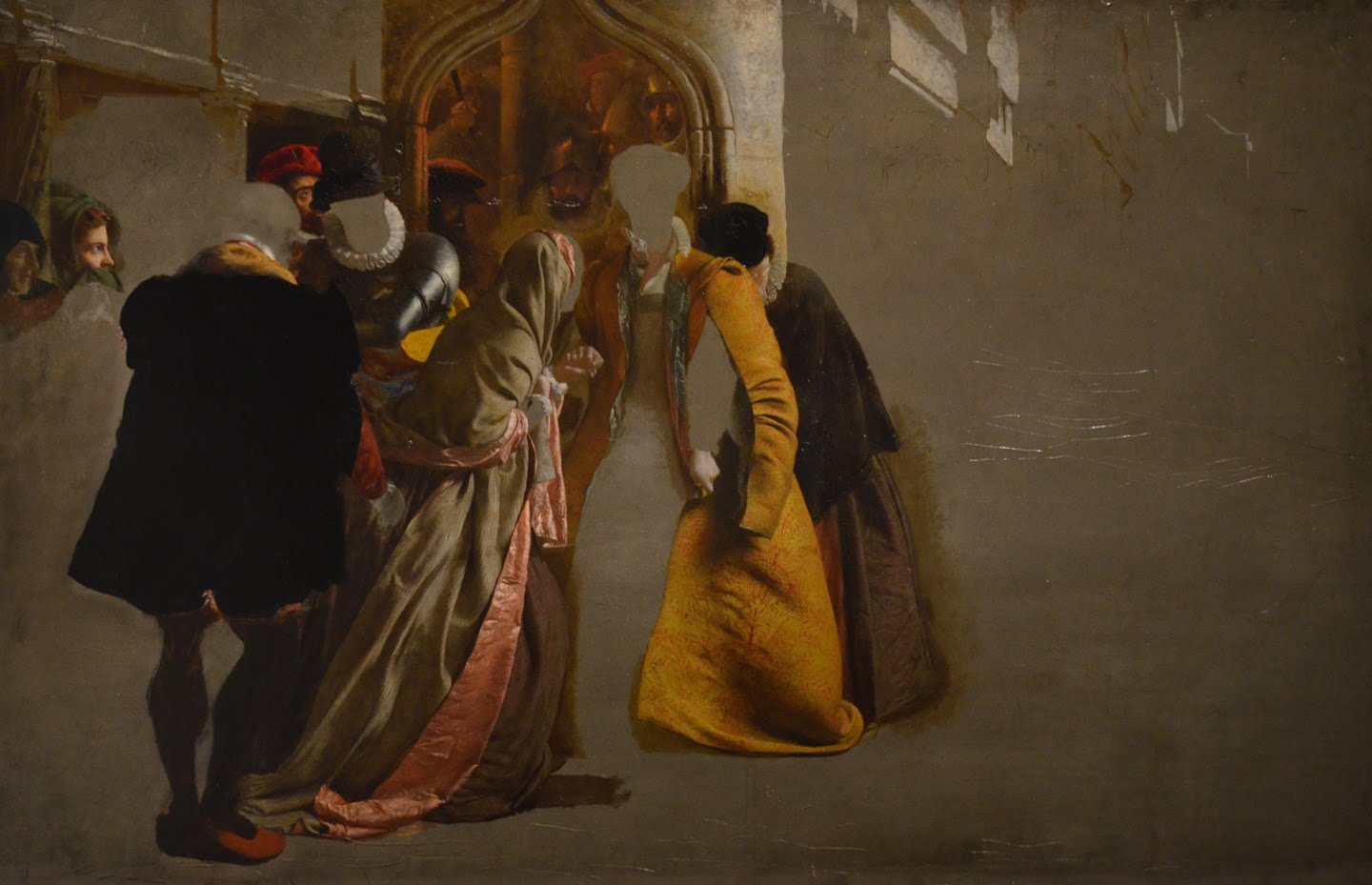
Unfinished
Wednesday, April 27th, 2016
Greg Manchess
I’ve loved the feeling of unfinished works of art since I was quite young. For a budding painter, it was a secret opportunity, an inside glimpse at the structure of a painting, frozen at the time of abandonment. They were private lessons if I could only piece together the steps, the thoughts, the gestures. The masters had left their magic exposed and I was going to quietly steal their methods without so much as a thank you.
Recently the Metropolitan Museum of Art has opened a show of unfinished paintings from various artists throughout the history of painting. It is a remarkably beautiful exhibition, and one which has left me inspired yet again. I like the idea of a painting being left early. Abandoned-on-purpose, if you will. I love that unfinished look so much that for many years of my career I attempted to create work with that same feeling for clients, but was usually met with the request to “fill it all in.”
Undaunted as the years went by, I eventually gained a painterly reputation. With that renewed confidence I reintroduced that unfinished-ness back into my work, and I’m still enjoying it.
Along the way I’ve also discovered why. The brain enjoys being involved in a visual piece. It likes to complete the parts, to connect the missing spaces. With just enough information, the brain wants to fill in what it either knows or wants to know. For many of us, that experience is rewarding, and left at that point, the painting continues to intrigue.
In the paintings below, pay attention to how your mind wanders over them. Is it always necessary to tell the whole story, or just enough to engage the viewer?
If you’re like me, you may find yourself with the itch to paint.
It’s not overworked, and maintains a nice, steady definition of bold forms. It’s more about shape than detail.
A portrait of Michelangelo, recently attributed to Daniele da Volterra, a close follower. Not exactly the way I’d recommend working on a painting, but it does reveal that perhaps at times he worked an area to complete definition before moving on. Unless he wiped out the areas he didn’t like…? This one is painted over a different composition.
Another beautiful face, this time by Joshua Reynolds, of Francis Barber. This has plenty of finish to it.
I love the flesh tones against the warm grey in this George Romney. The brush lines feel like the kind of structure any of us might attempt, crude and bold, leading to refinement.
An unfinished Picasso, and he posed for it in powdered wig. Good likeness. It looks dashed off, but I wonder why he stopped.
I guess Lucian Freud worked from the middle outward. Love the undone drawing.
This Freud is so unfinished it feels purposeful.
Benjamin West’s, American Commissioners of the Preliminary Peace, reveals the kind of simple drawing that we all use.
Degas’ drawing, though simple, seems much more accurate. It also feels quite contemporary for being over a century old.
A portrait by Edouard Manet looks quite effortless, and balanced. He attempted the portrait several times on another canvas before this version, which was also abandoned. Sometimes we can be just too familiar with a subject. Or perhaps we see things we feel we can’t capture with a brush.
Even though we may feel that looking at a finished Van Gogh obviously reveals how he painted, this one shows me the fat, squared strokes to full effect. It exposes more of the artist’s thinking for structure.
Many times I work like Winslow Homer. Get the big, important stuff in there first. Then do the paddle.
And finally this beauty by James Drummond. The warm grey is spectacular. The left-out sections are like sensory holes begging to be completed in the observer. This is bold evidence that maintaining a clear image in your mind of the light in a painting is necessary all the way through. Once finished, the artist can make adjustments to pull the entire piece together.


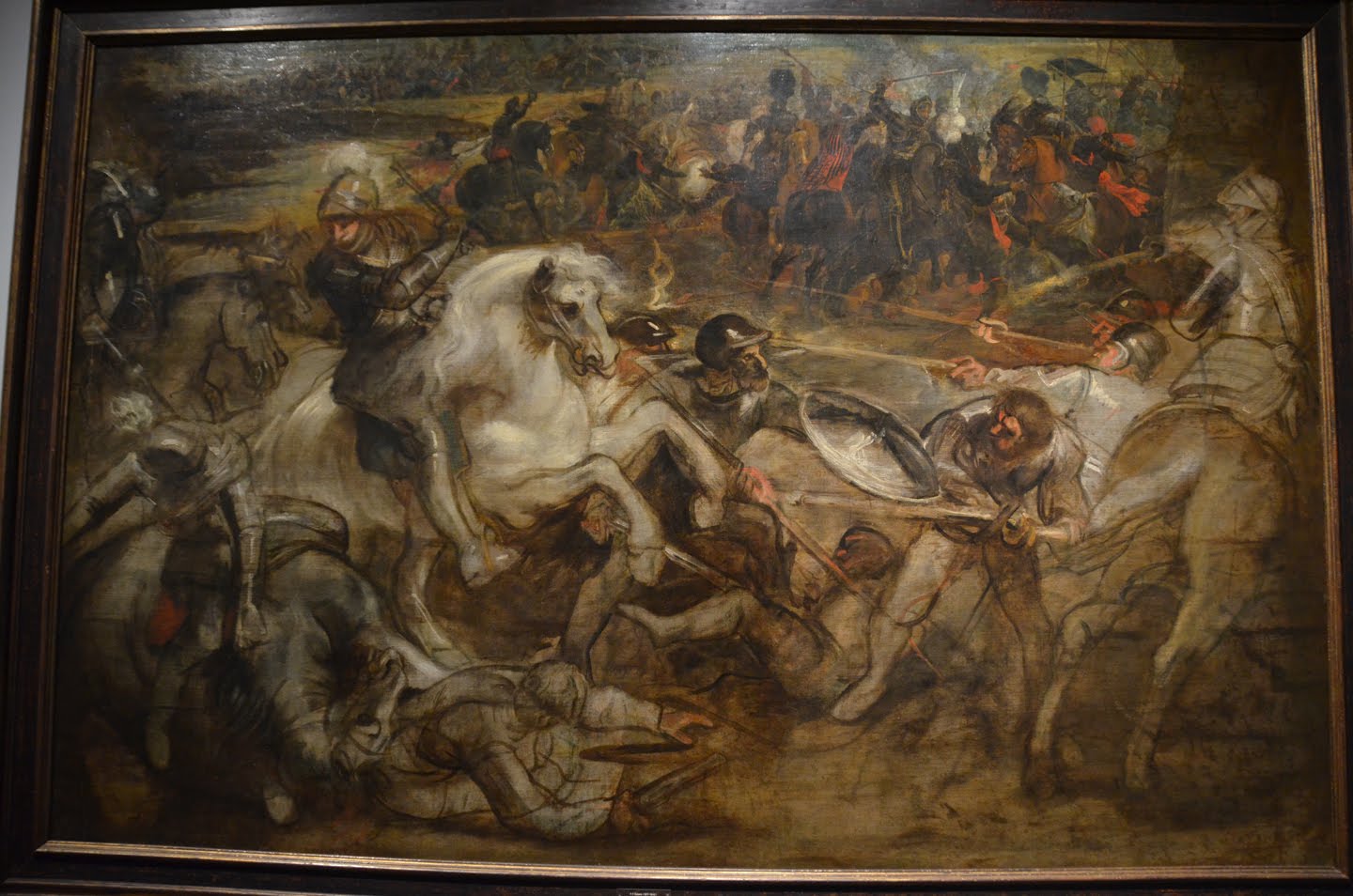
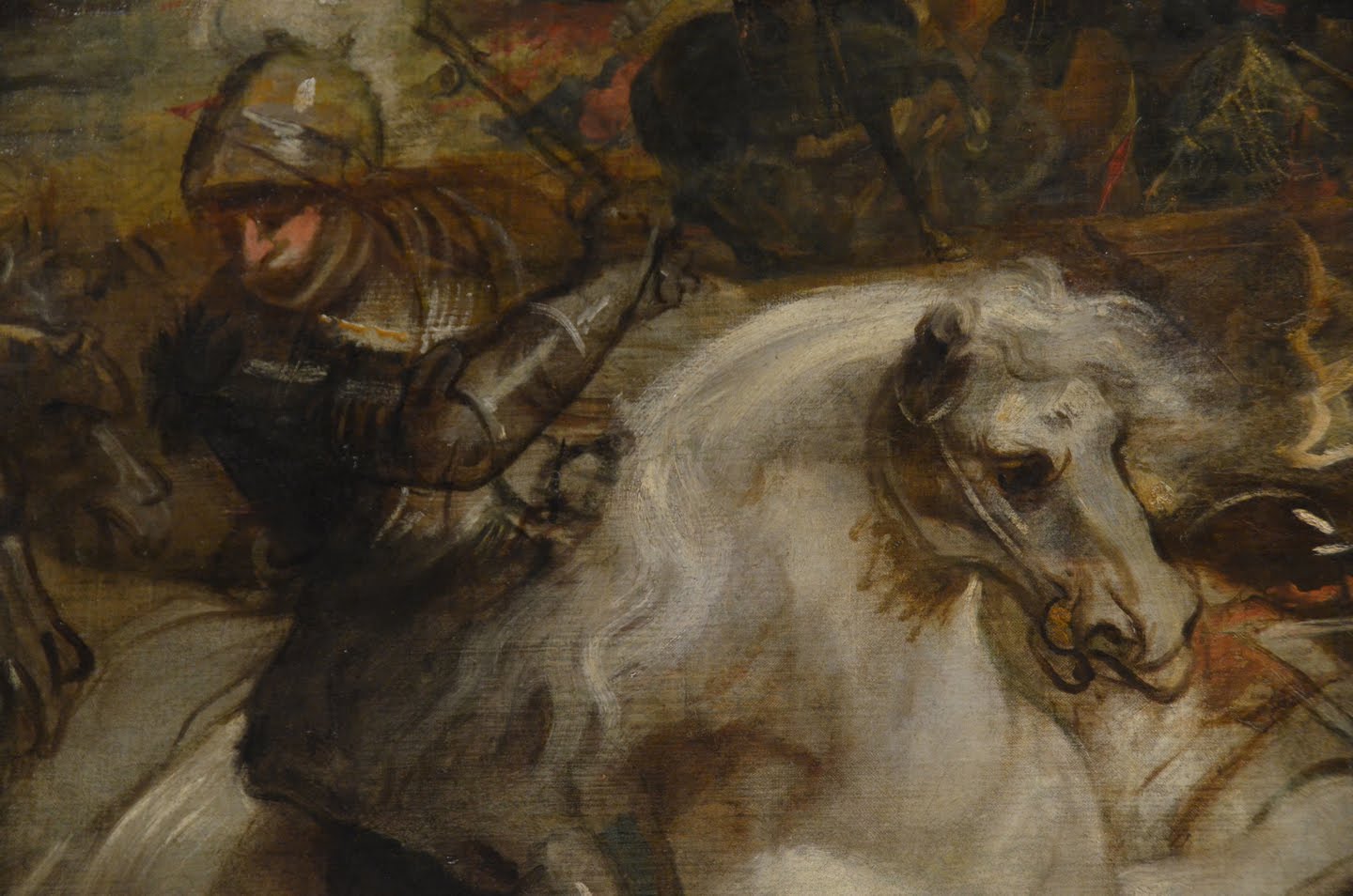


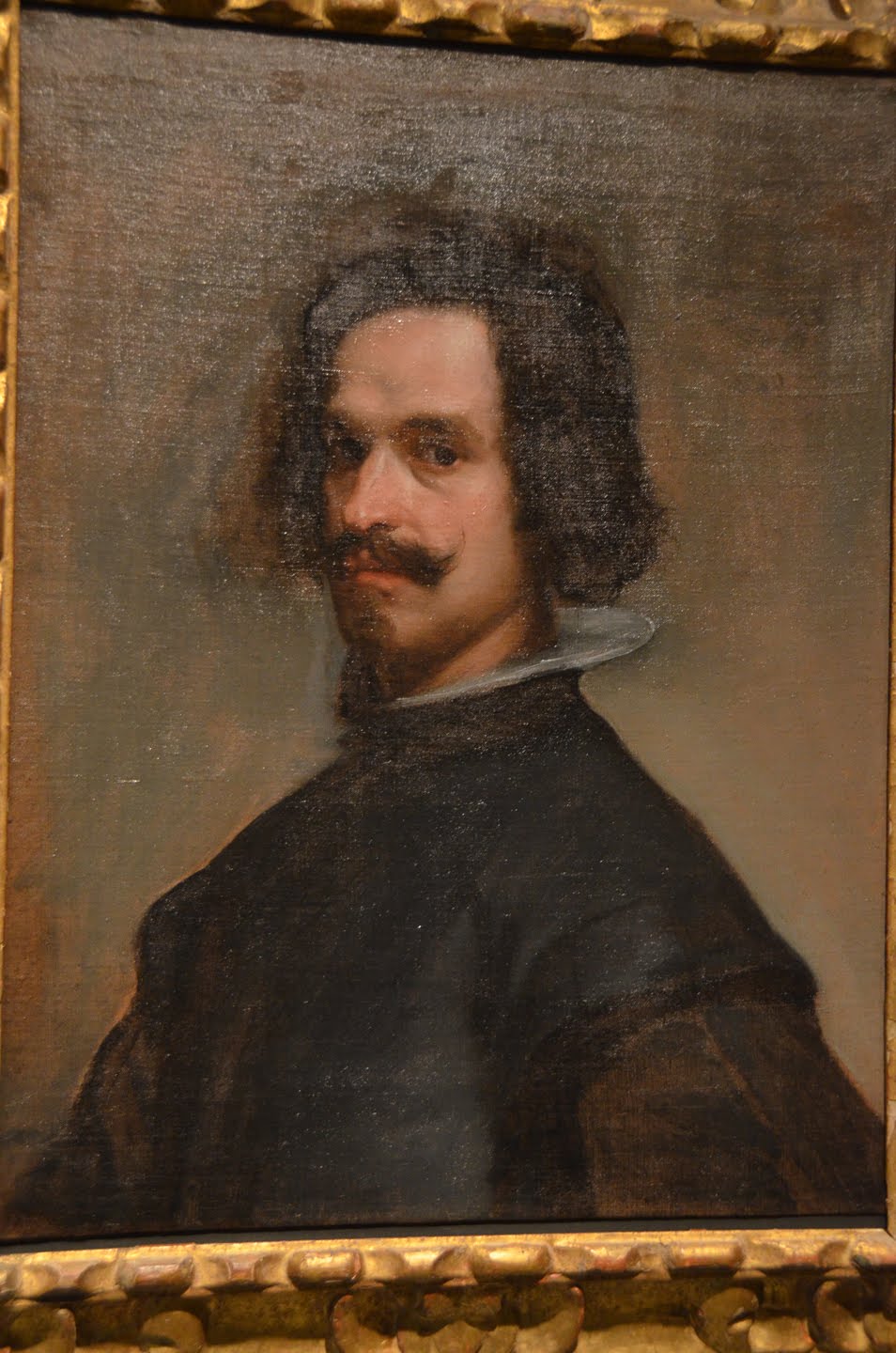
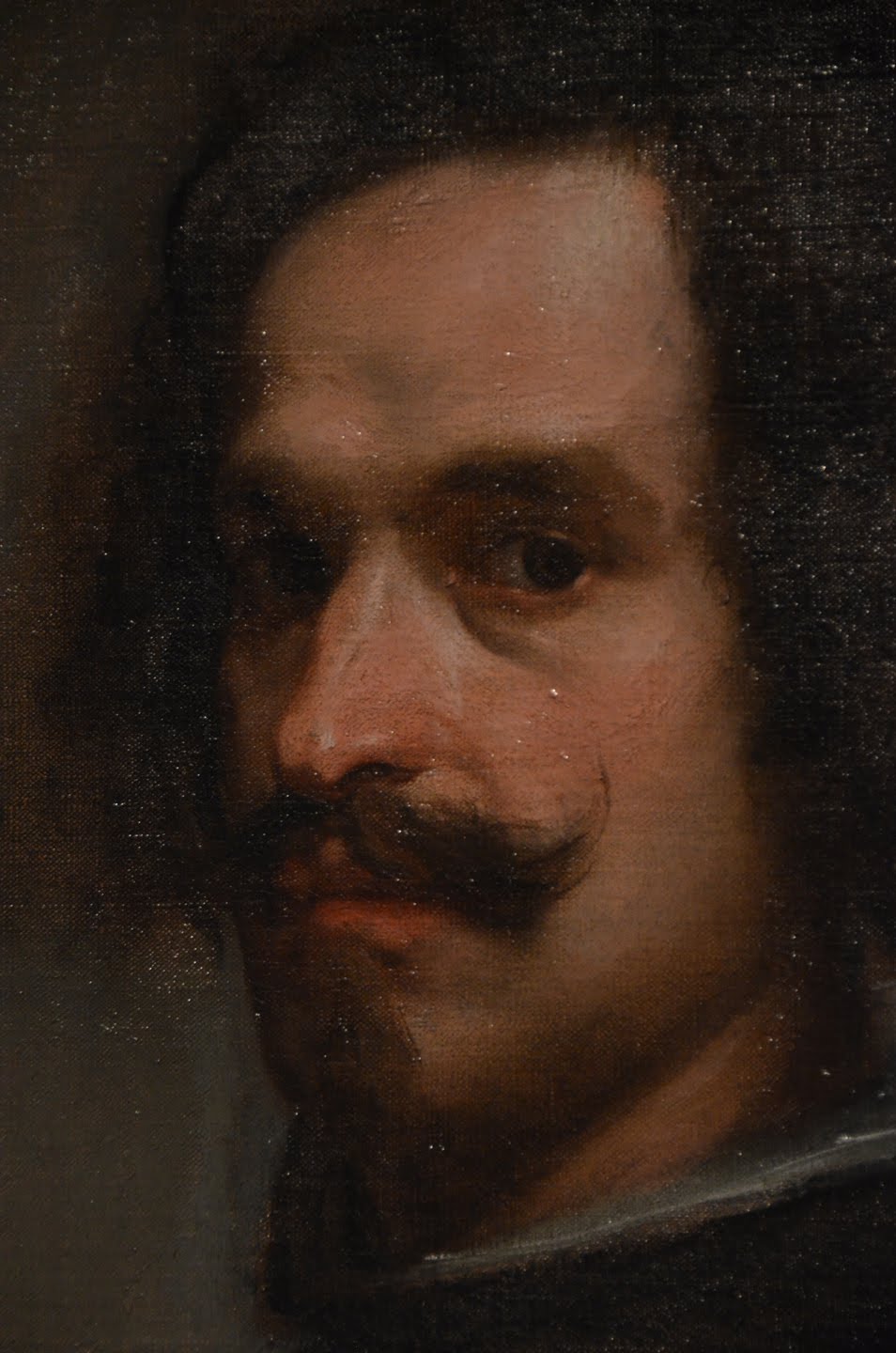
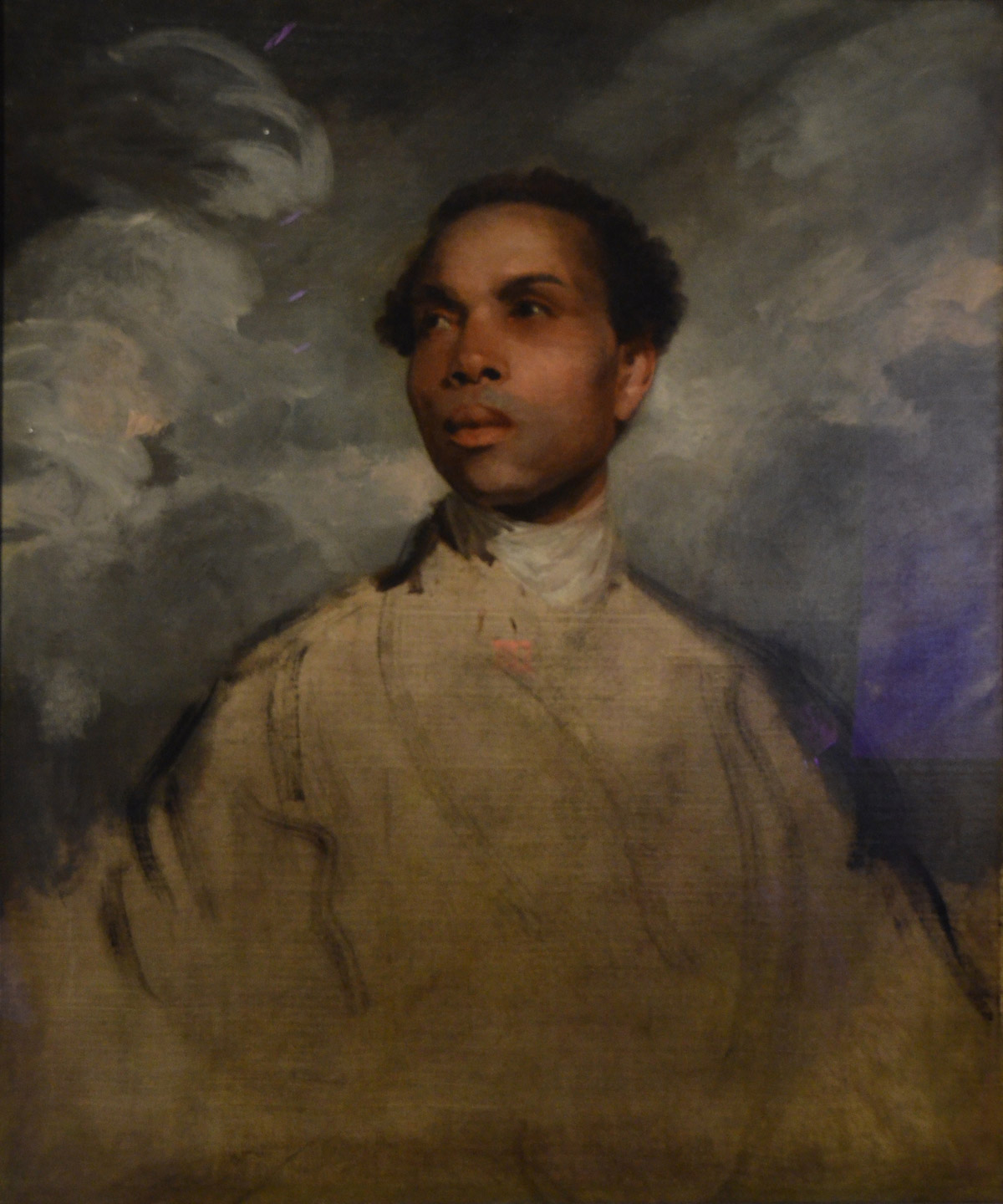
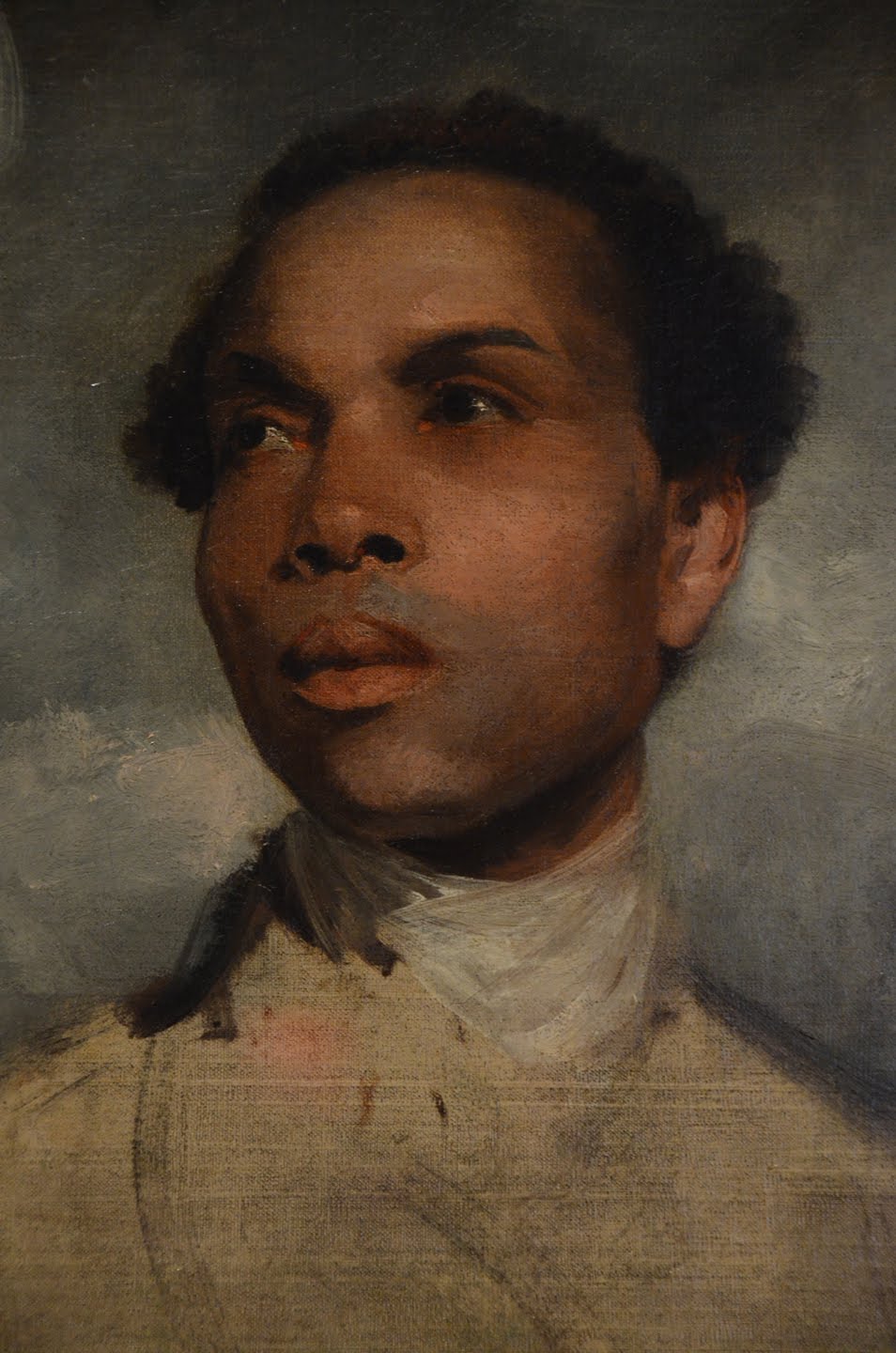
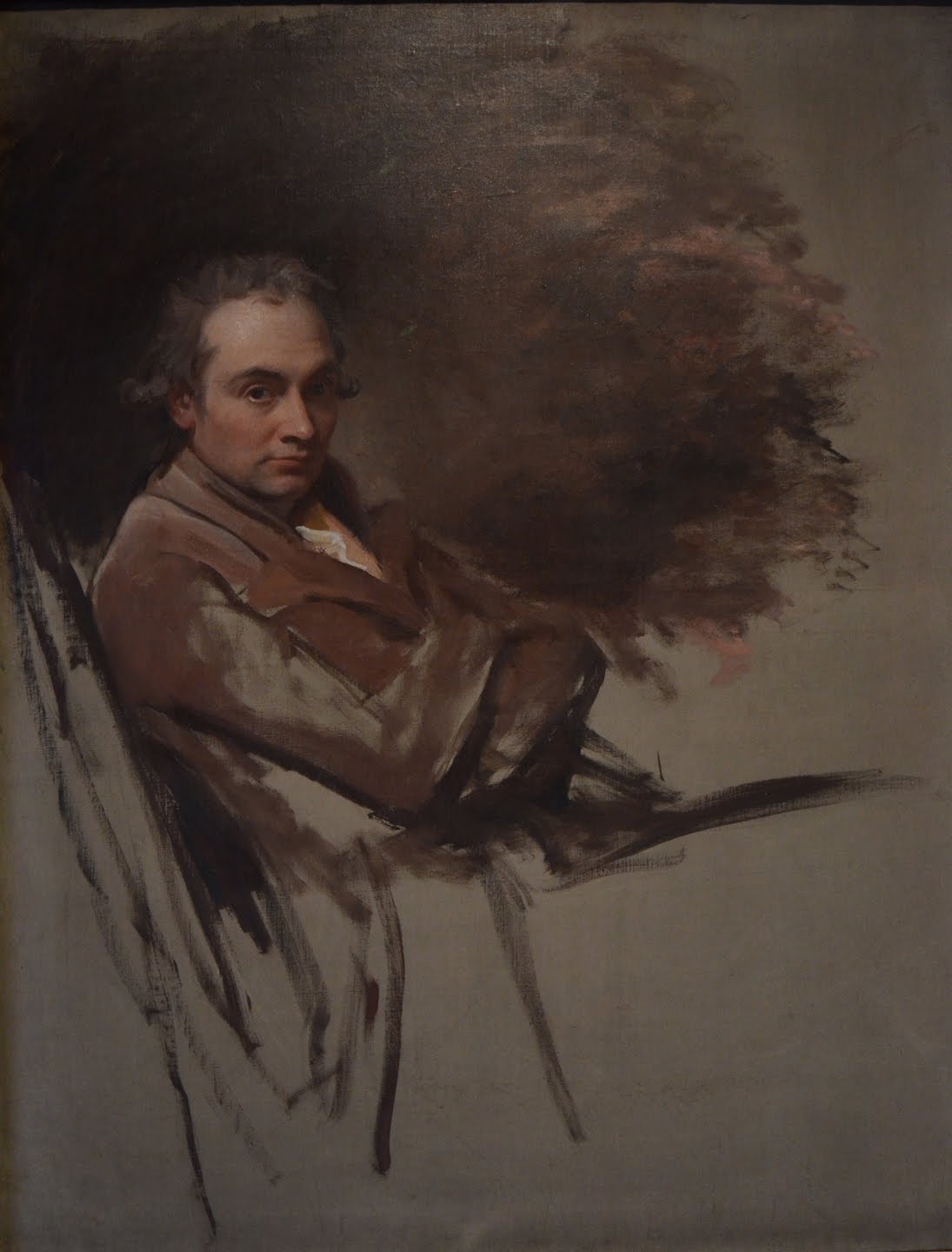
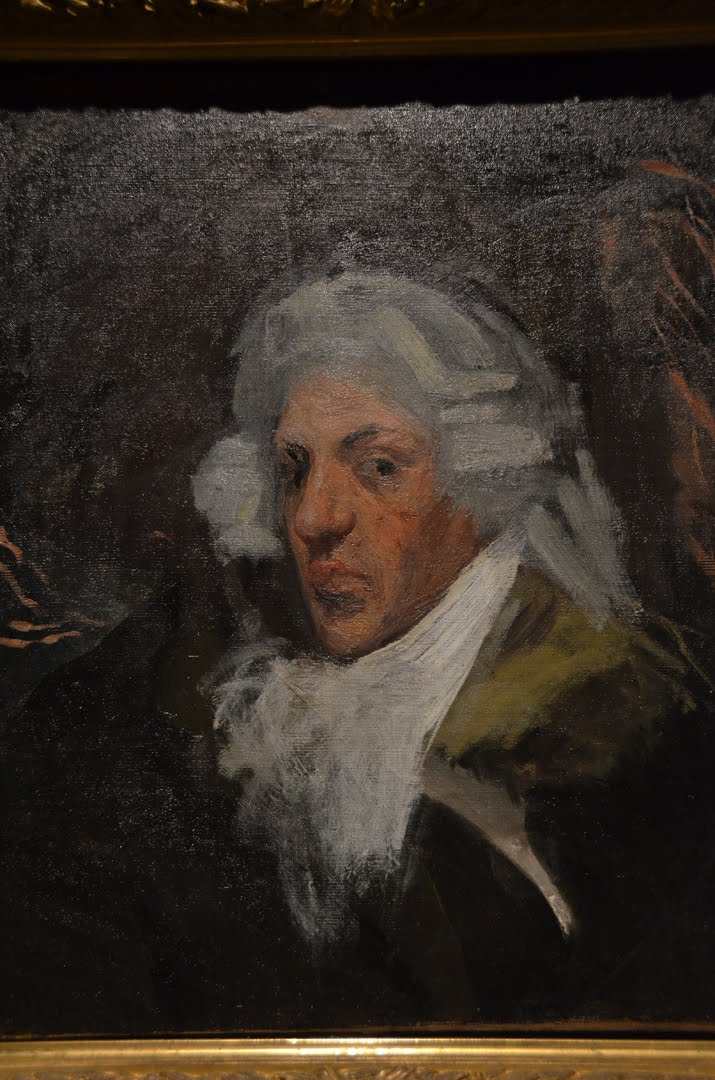
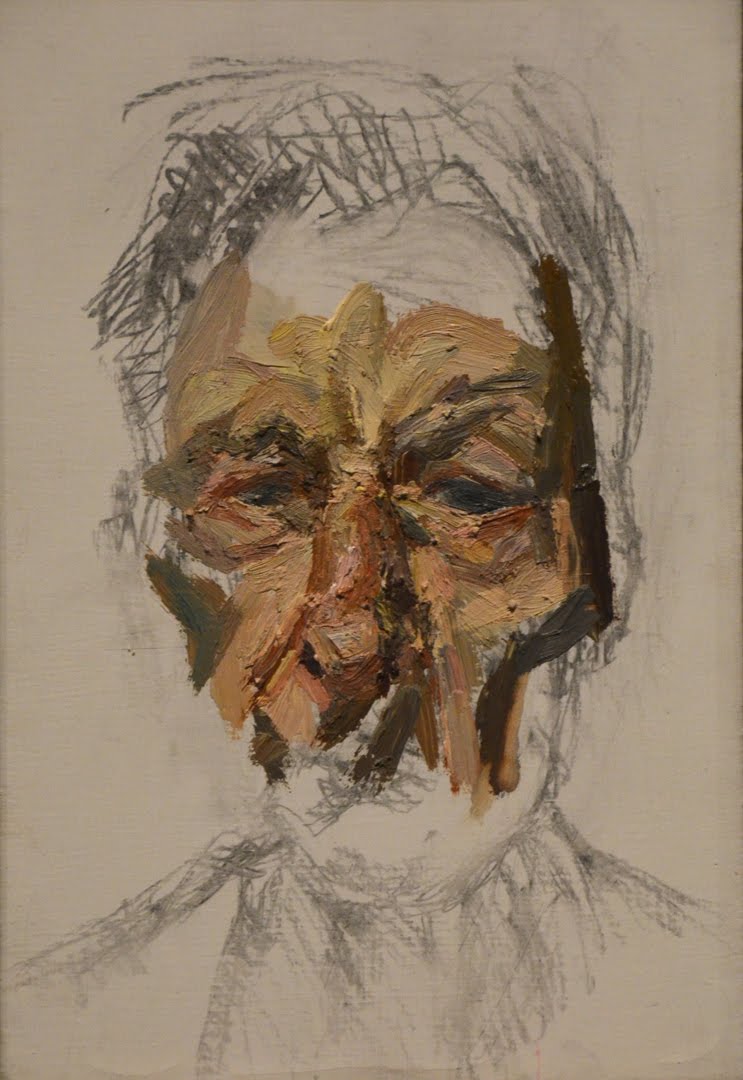

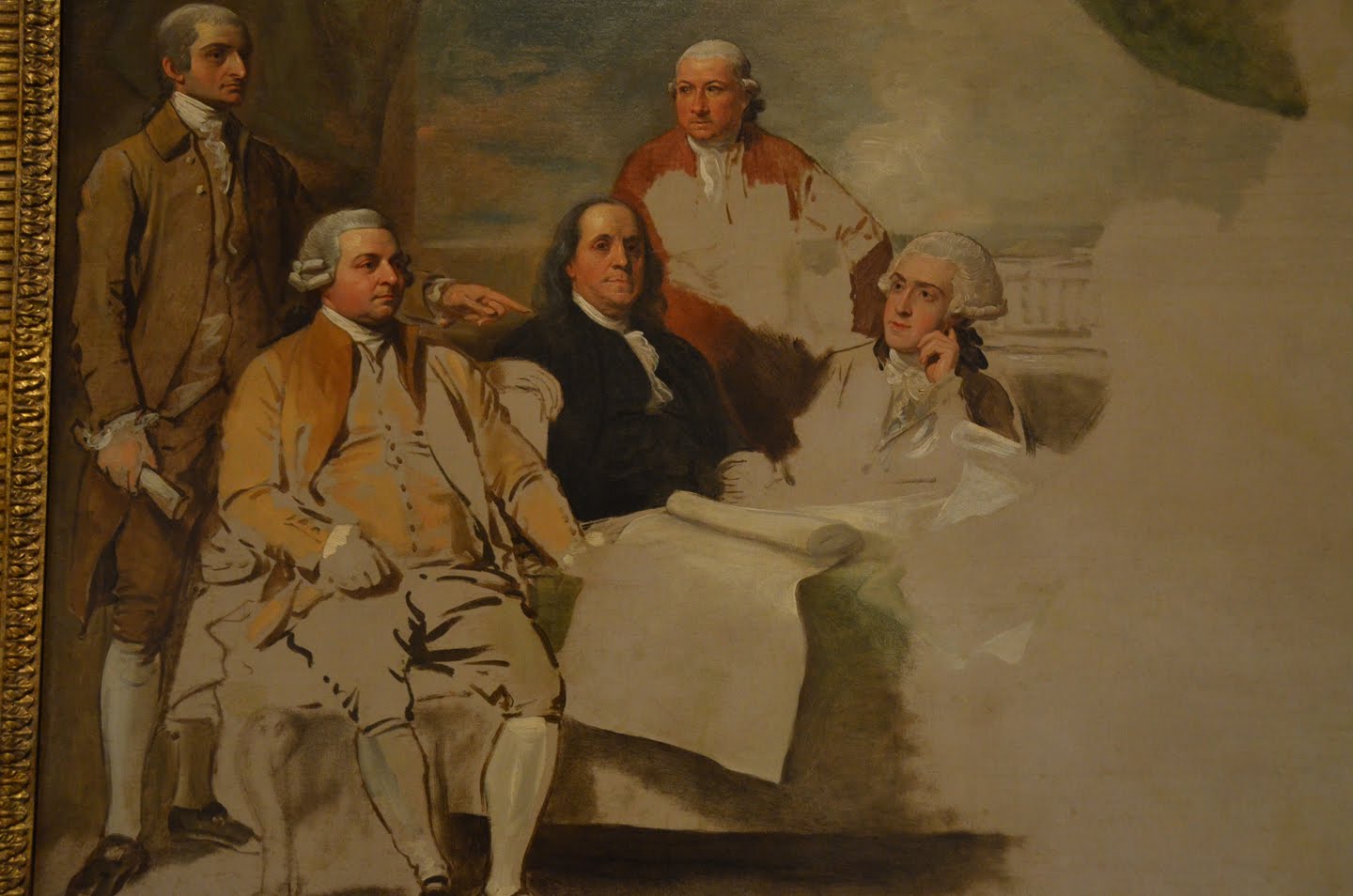
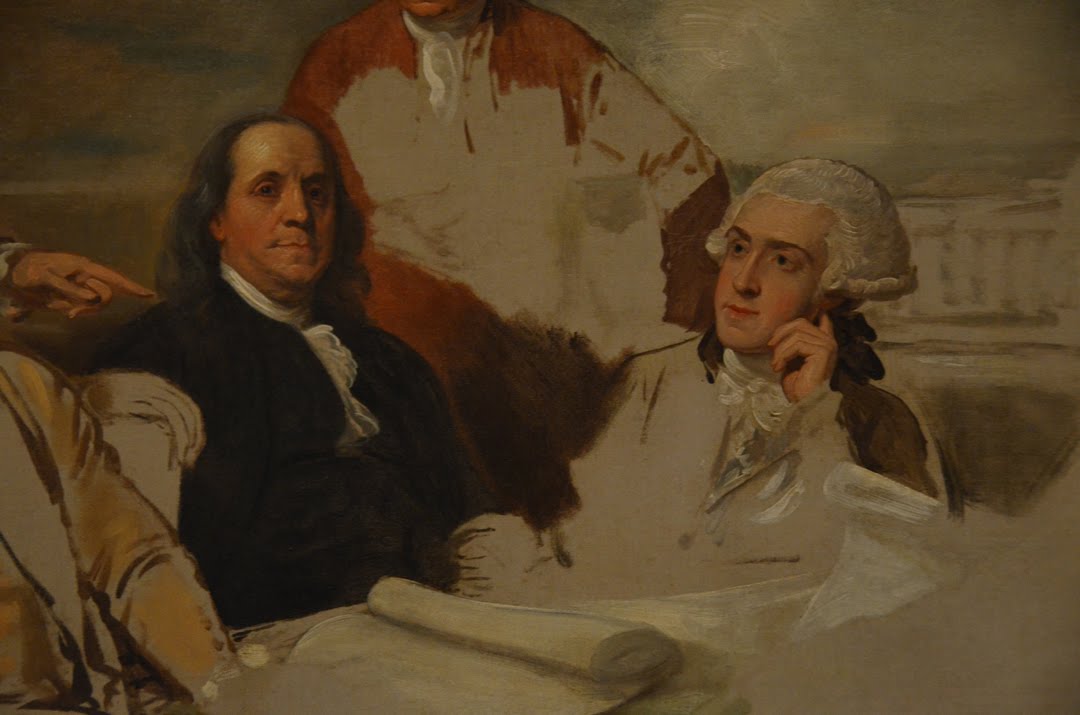
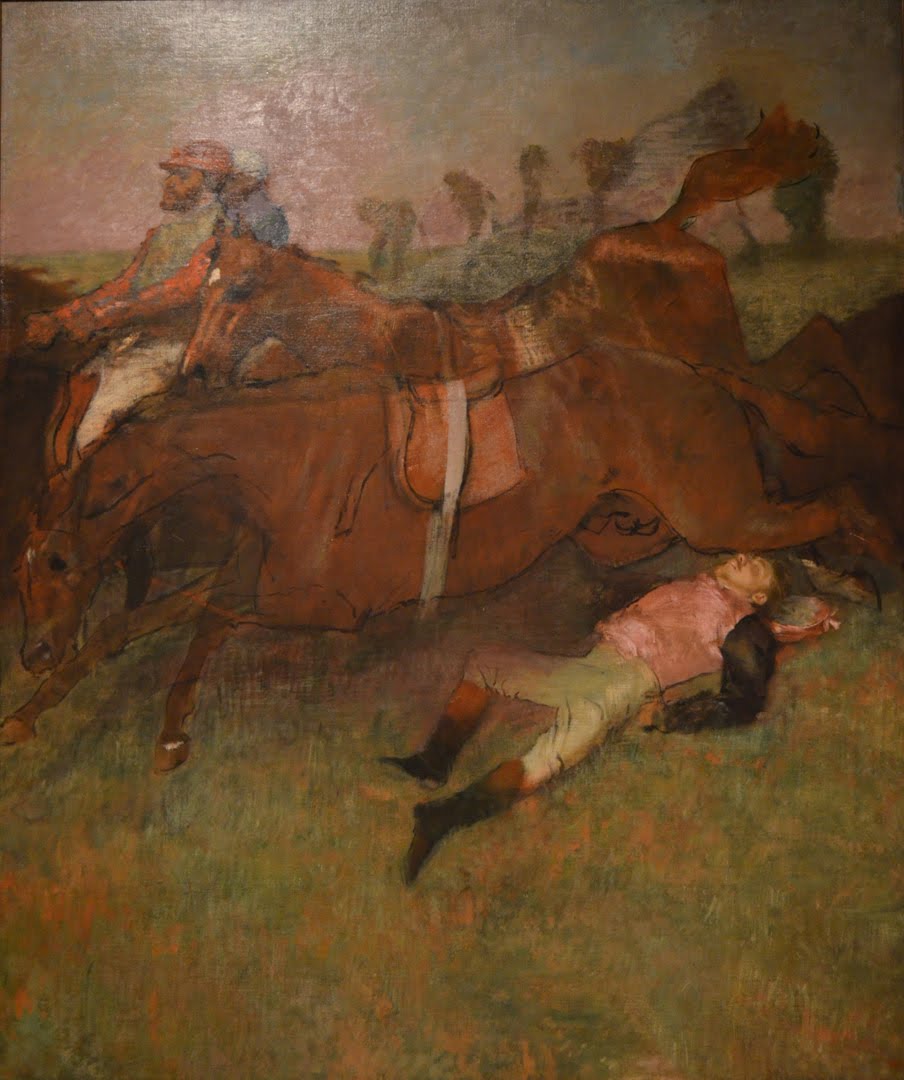
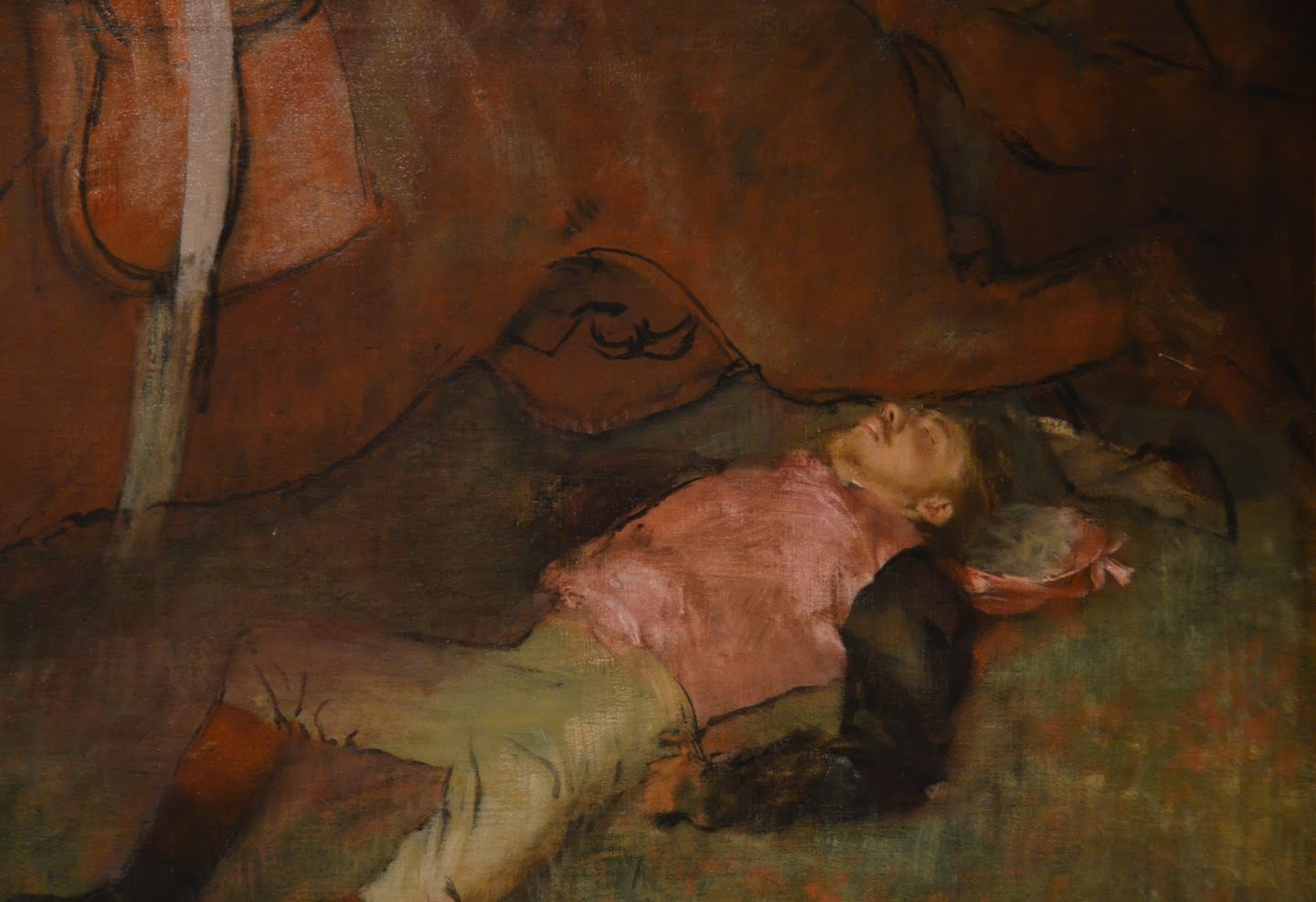

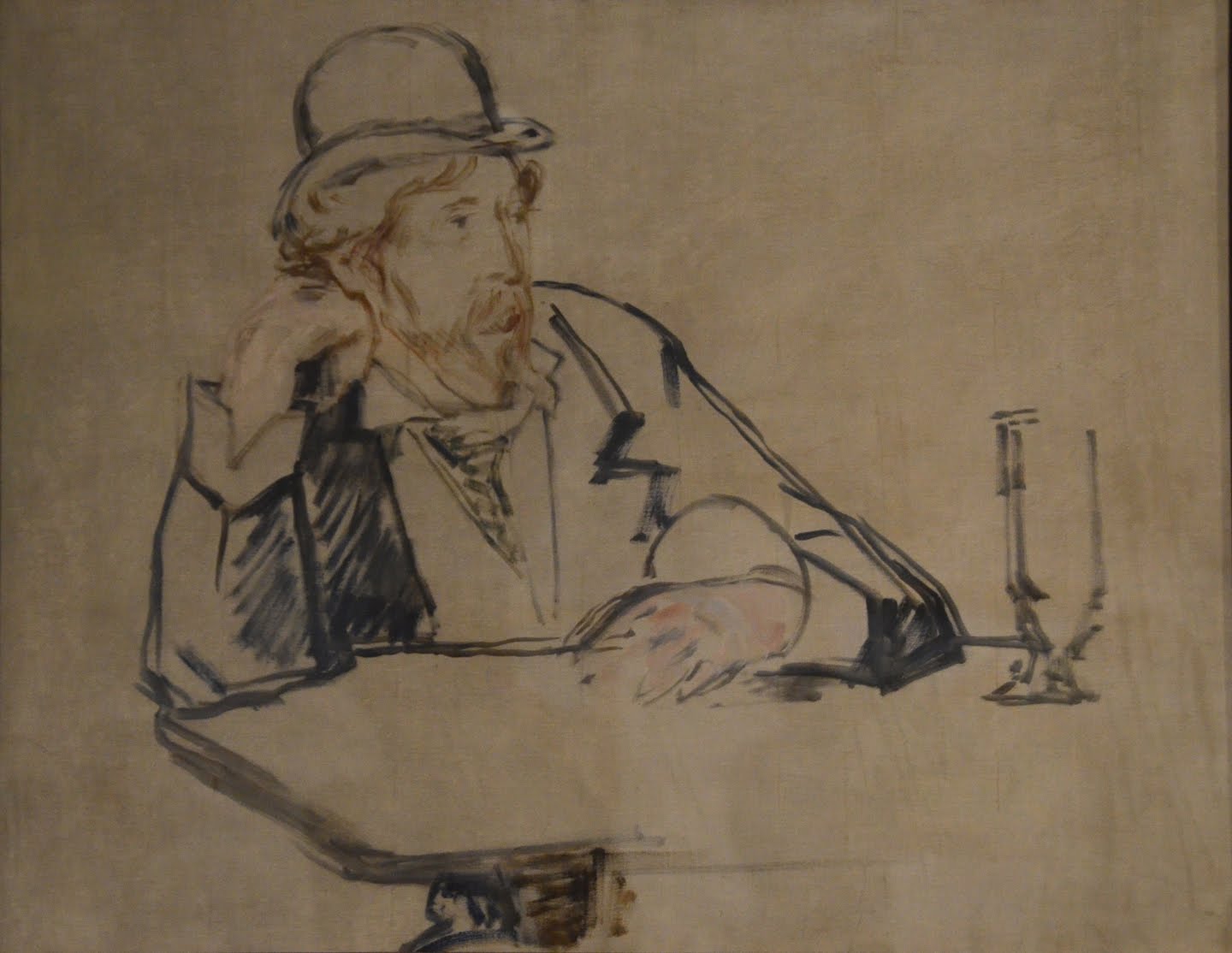
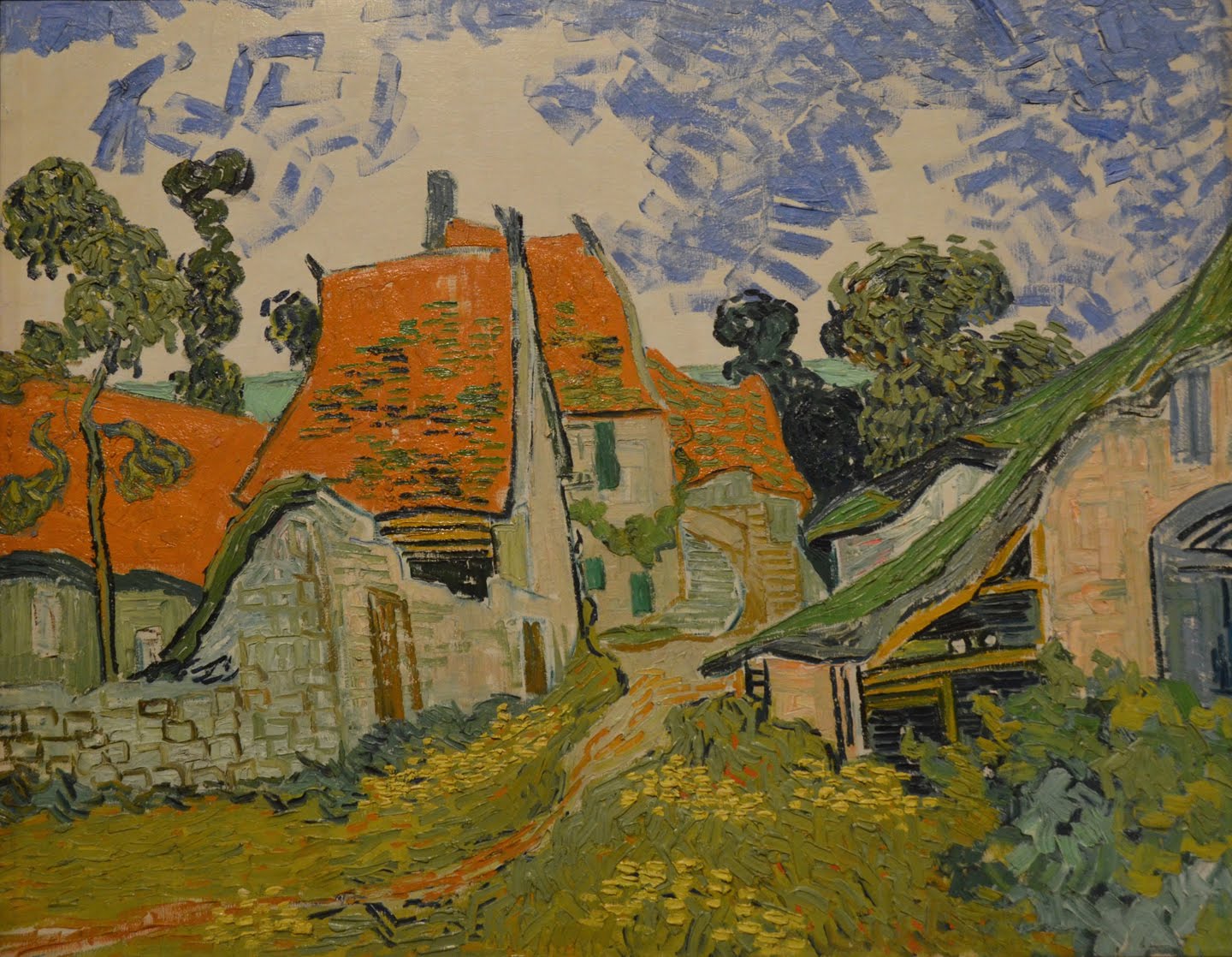
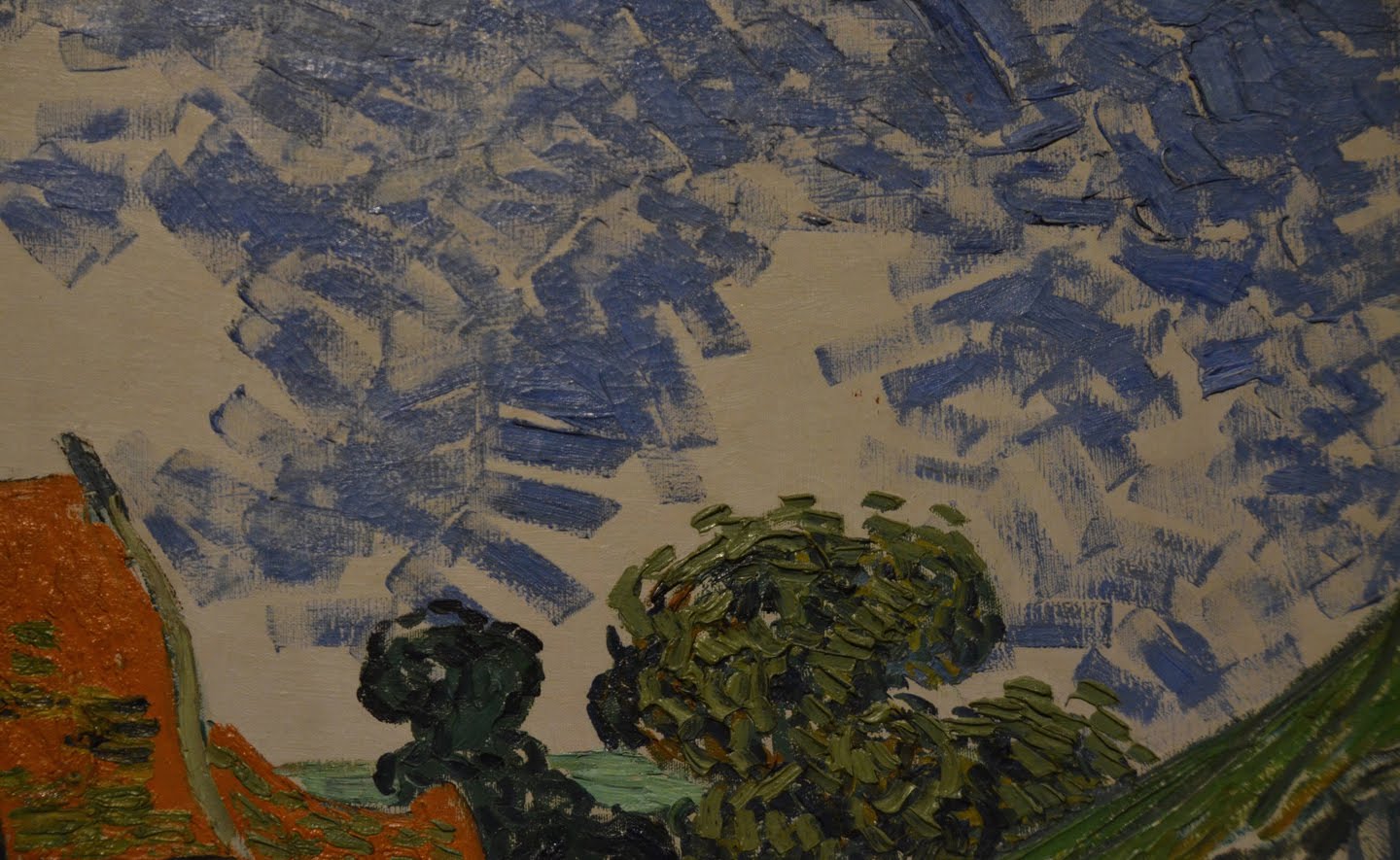
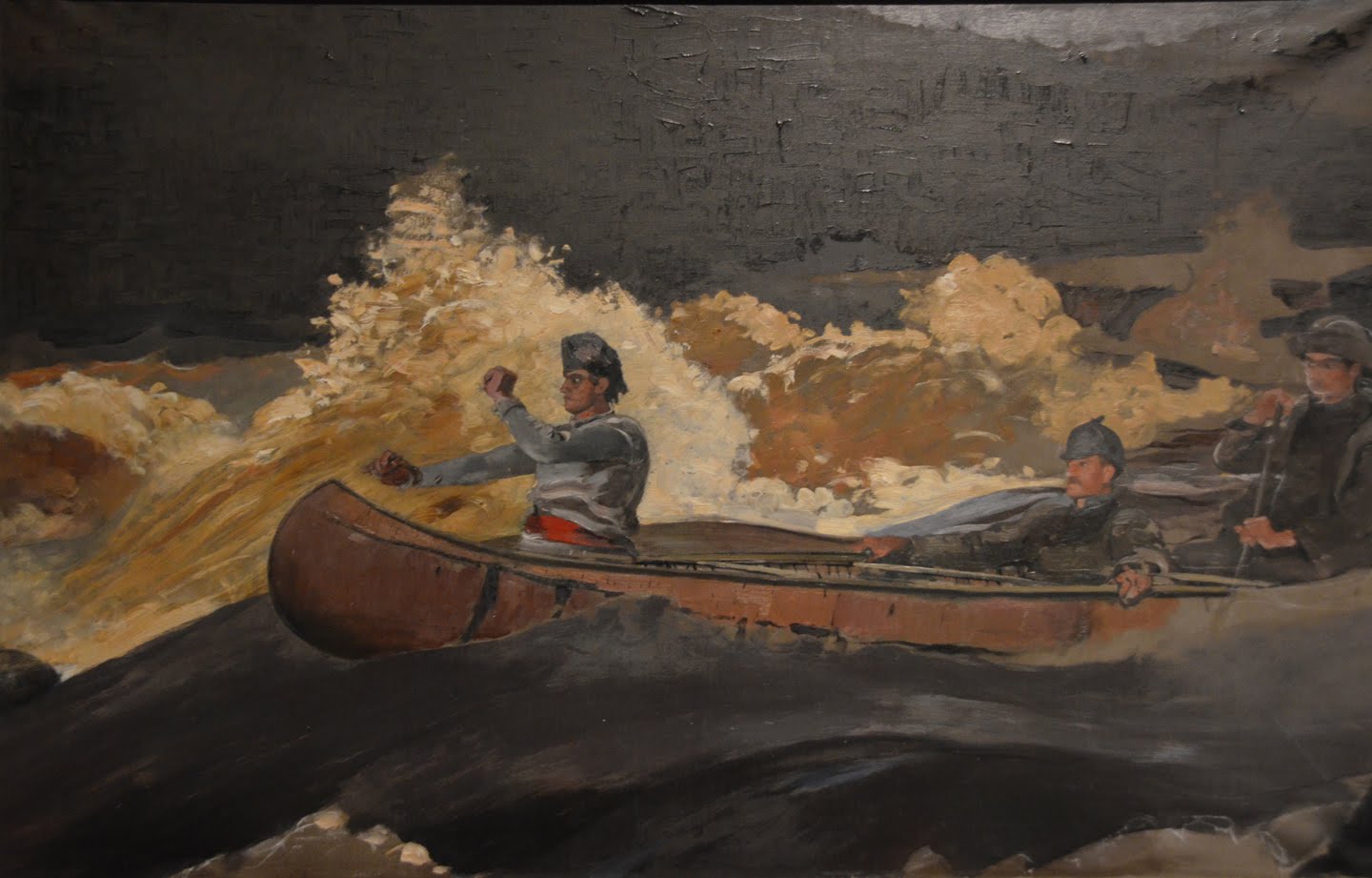
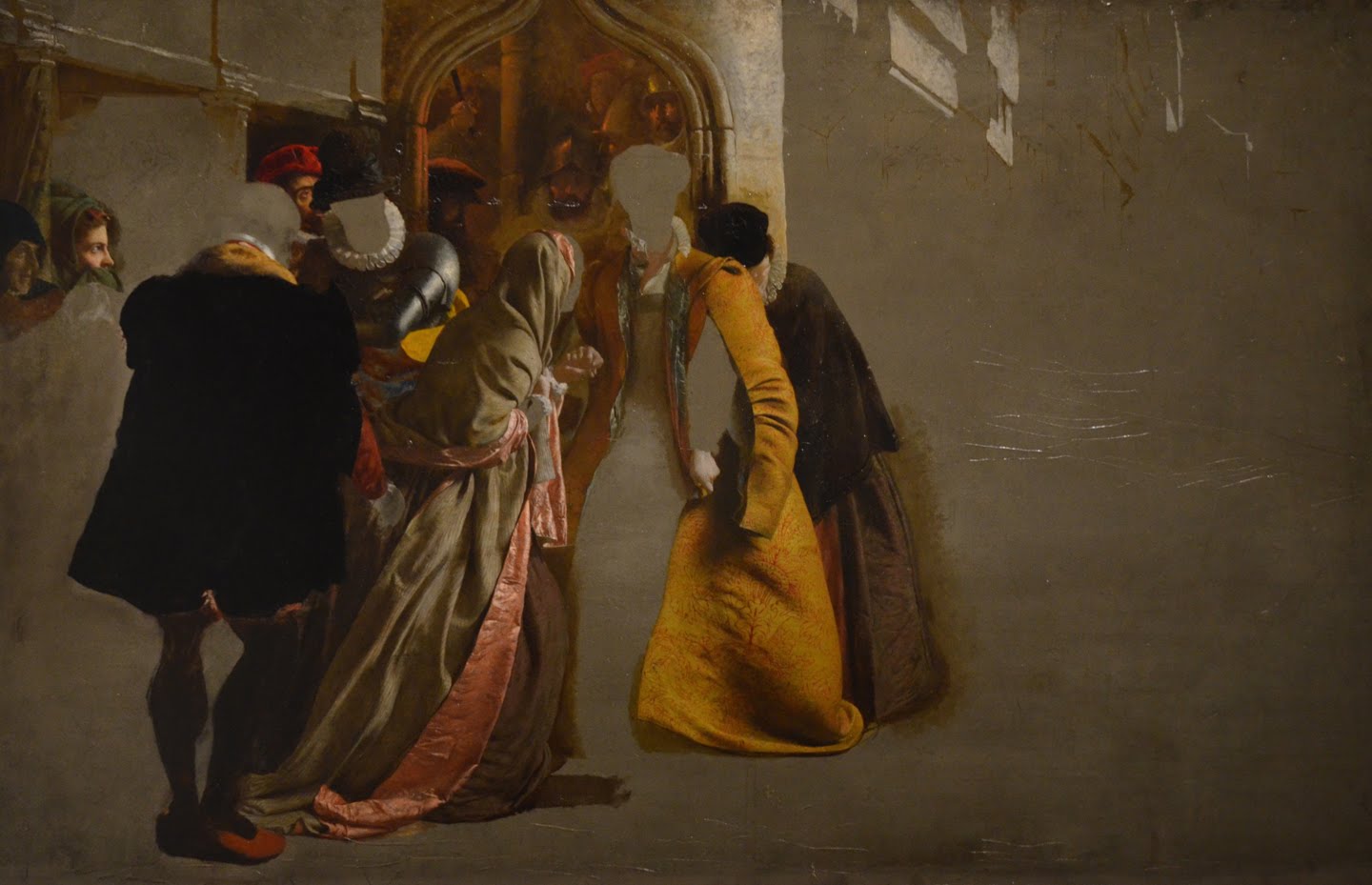
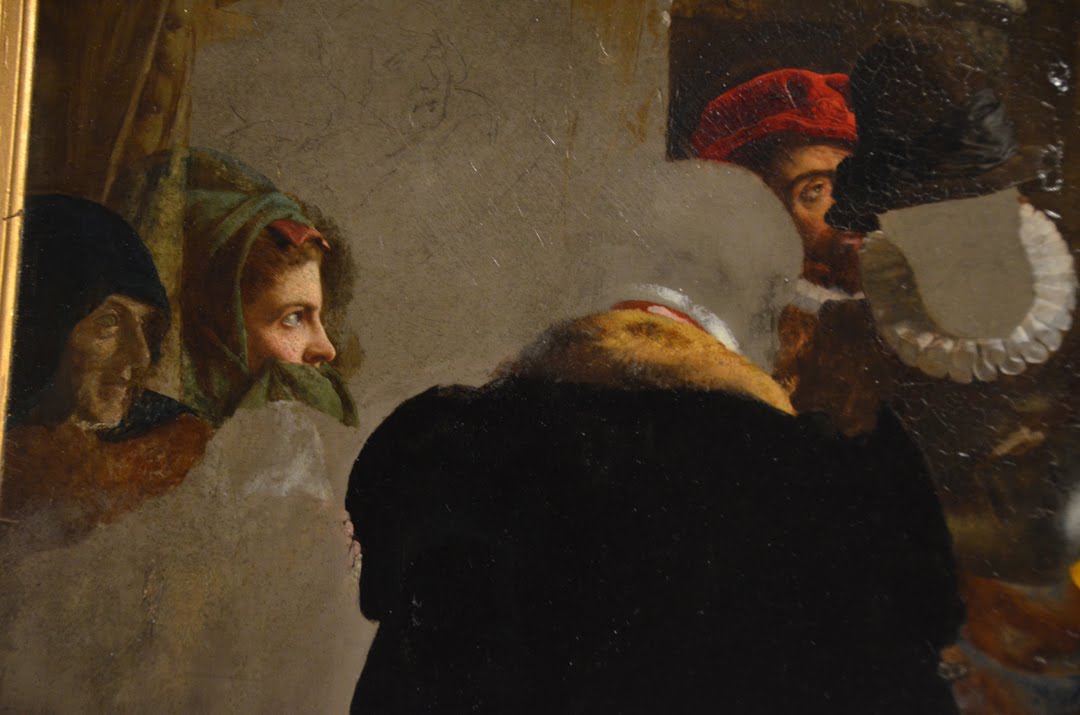
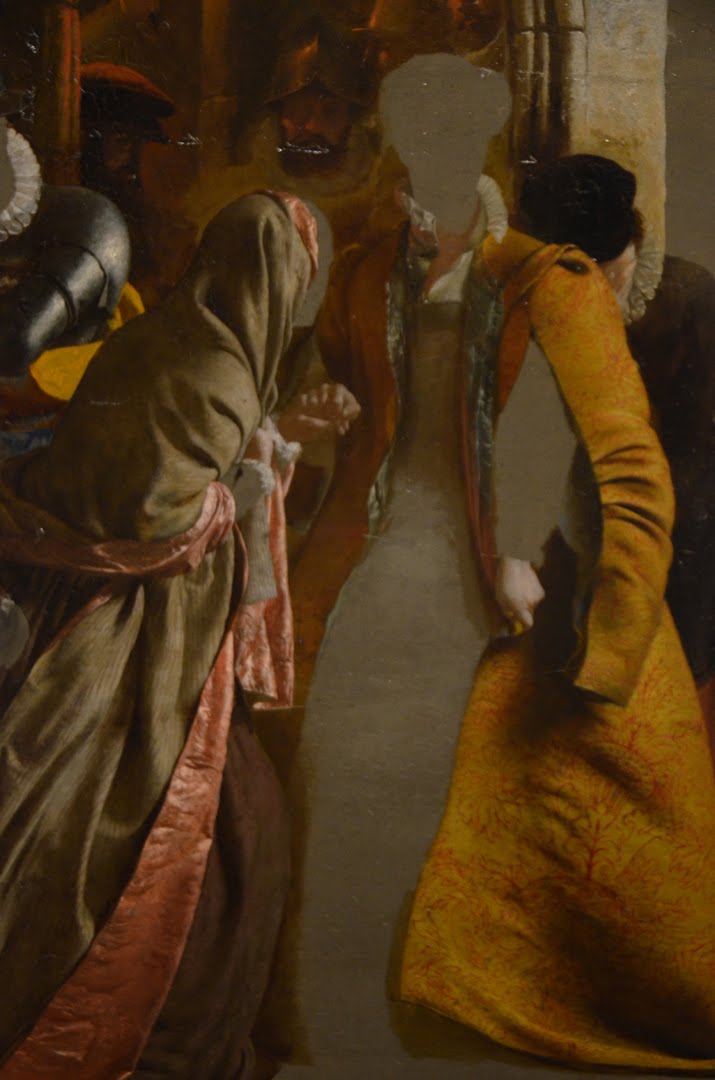

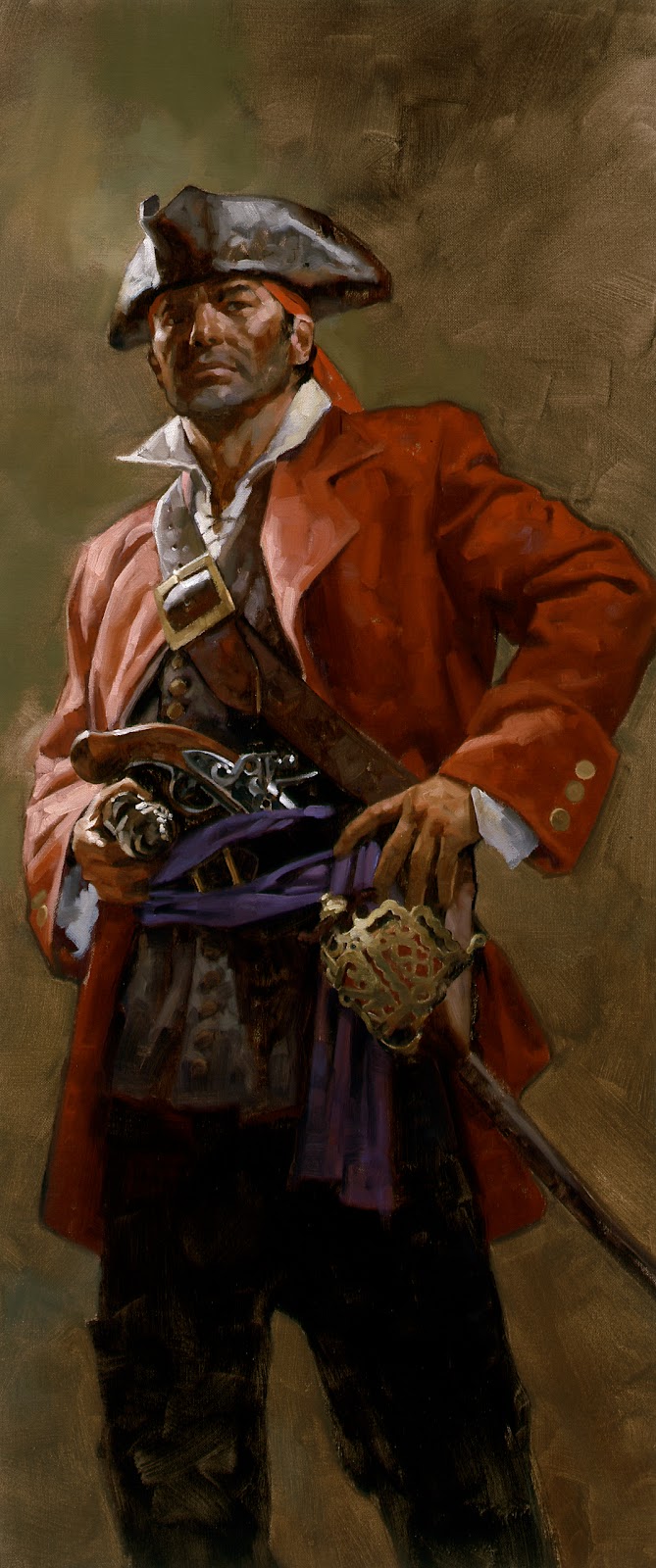
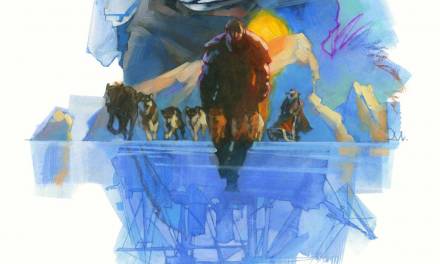
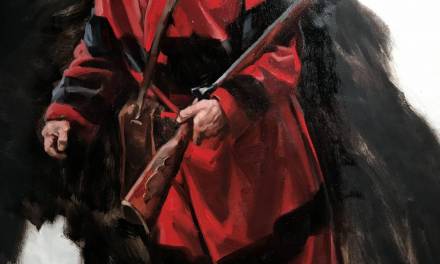

Wow- an artist's exhibit. The amount of gesture in the under drawings is fantastic and I love how Lucian Freud's nervous energy translates from pencil to paint. Thanks Greg!
This is purely conjecture, but I wonder if finishing the face first was because your client/subject might not have a lot of time to sit for you so after the face you'd get someone else to sit for the body. Or perhaps you wanted to make sure the client approved the face/likeness before spending time on the rest, so that if the deal fell through there you wouldn't have wasted time on a complete painting.
Paddle-less boatman should be a meme. YOU WANNA FIGHT RIVER? PUT EM UP
That Reynolds is amazing. I just love when painters achieve superb realism using superb simplicity. The light-shadow pattern is so simple, you could easily convey most of the important information in a cartoony pen and ink copy. The rest is nuance.
A truly enlightening post. Thank you very much, Mr.Manchess!